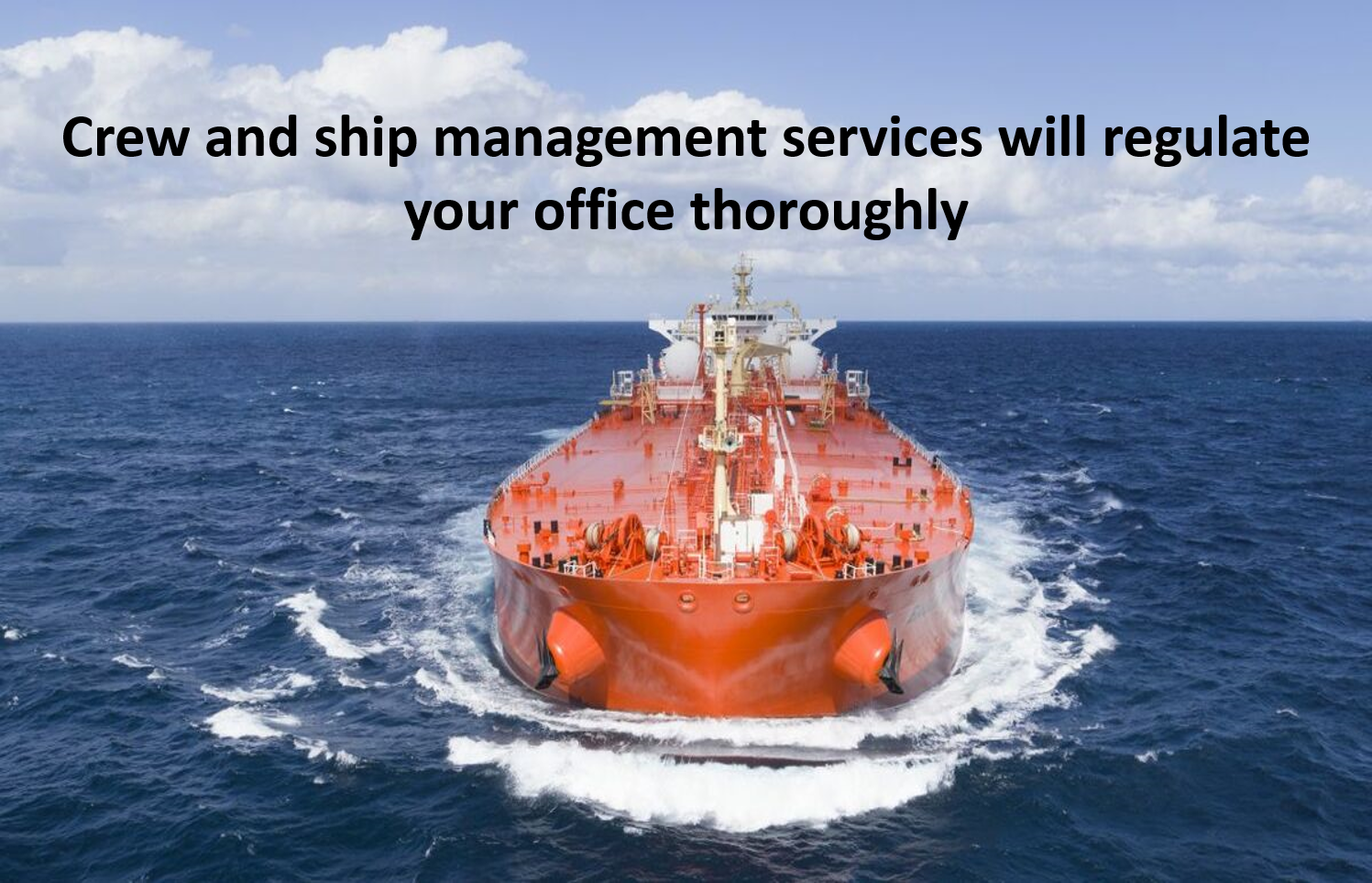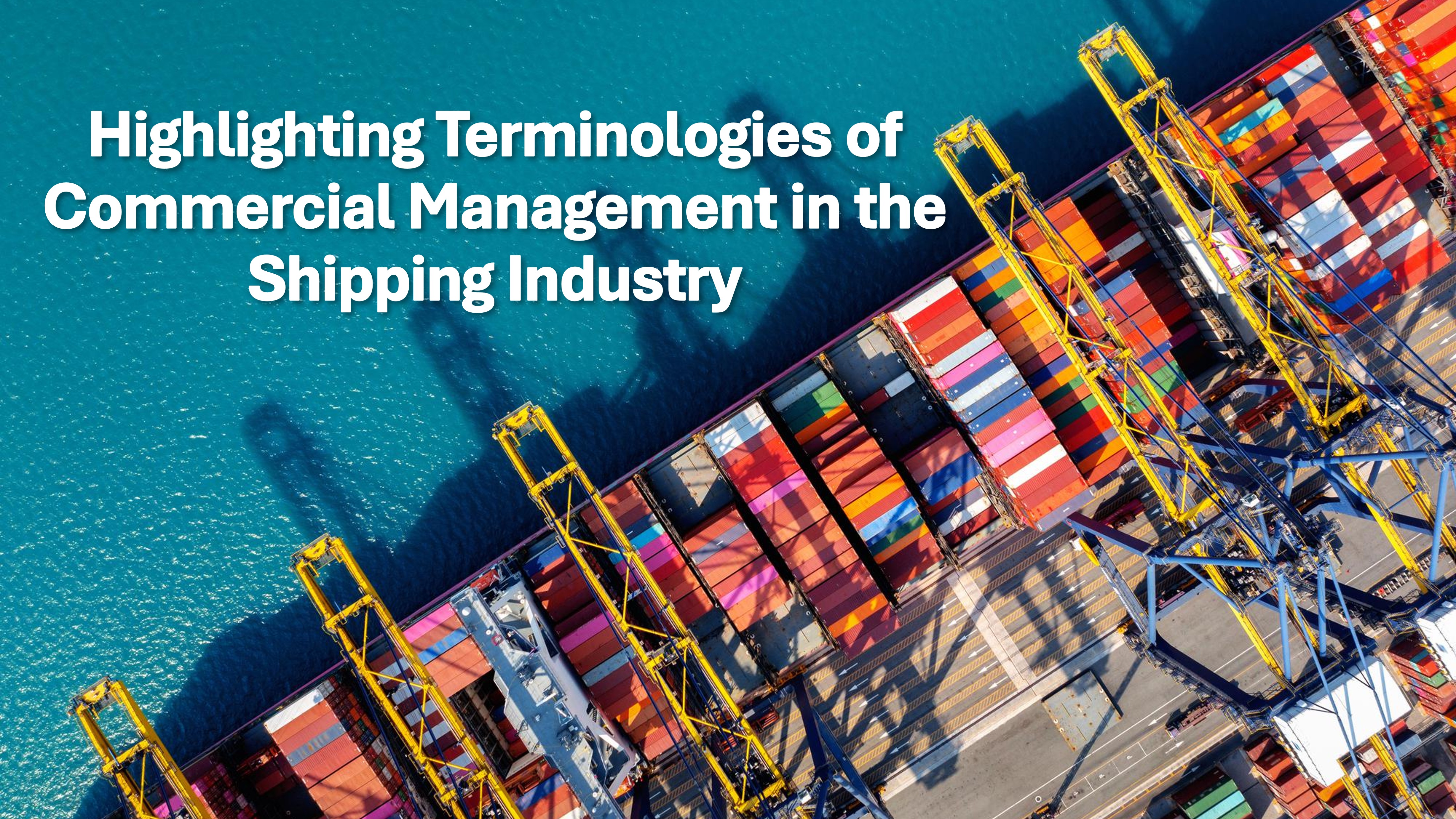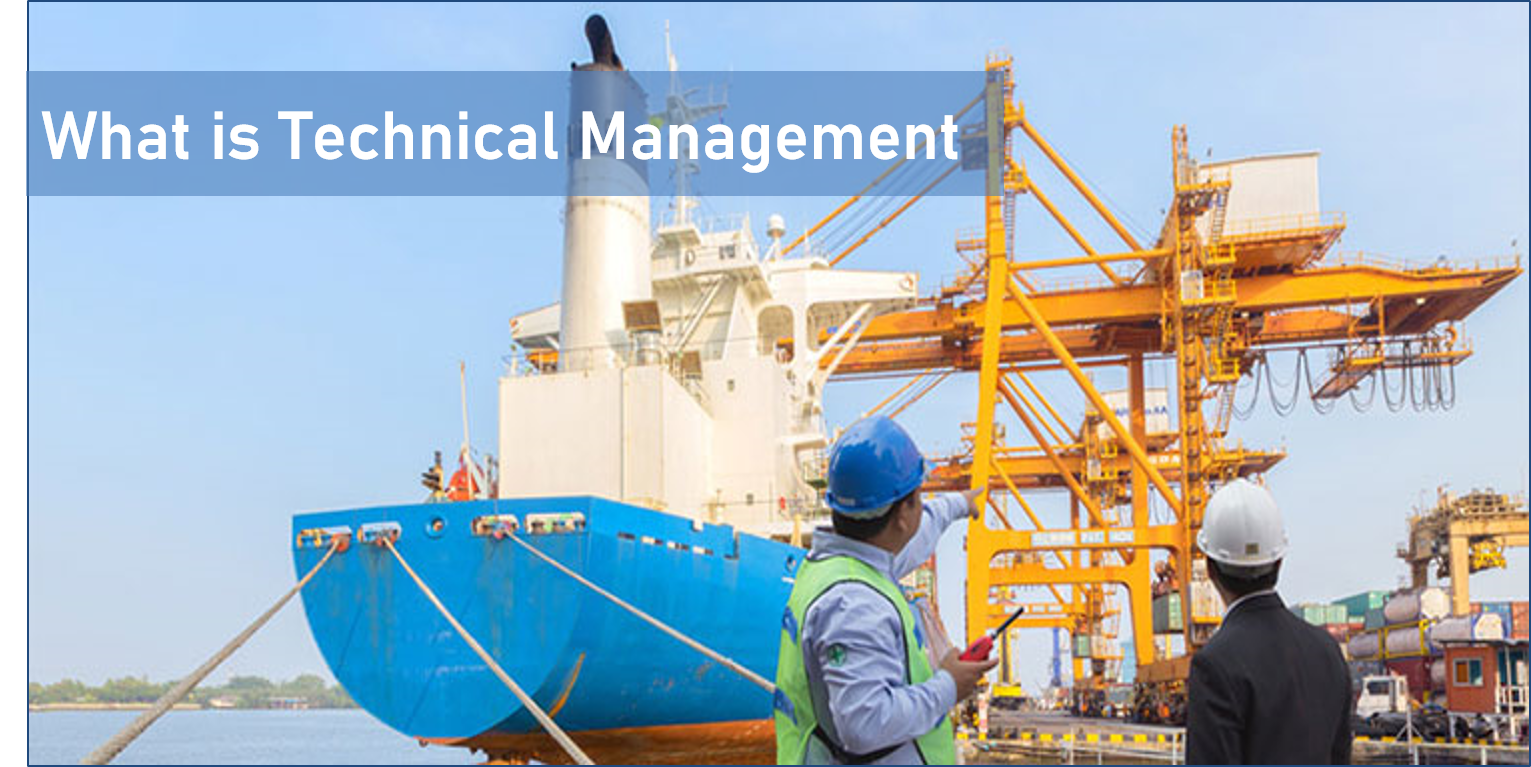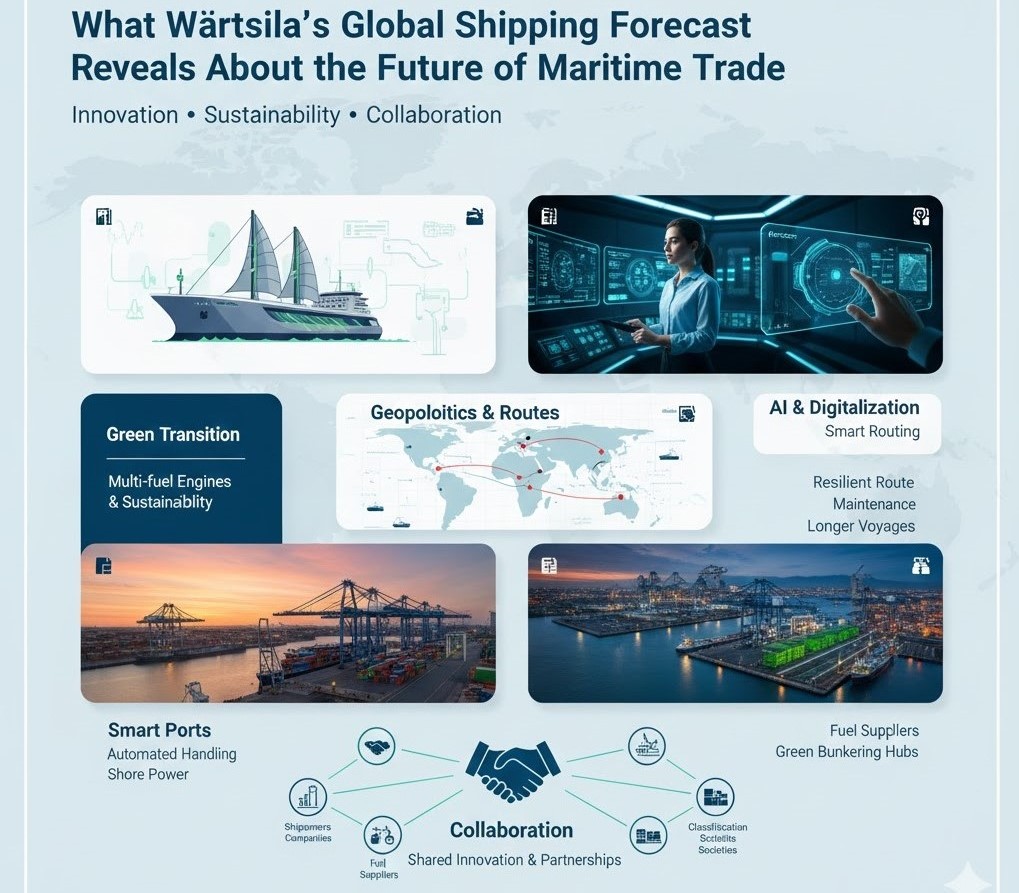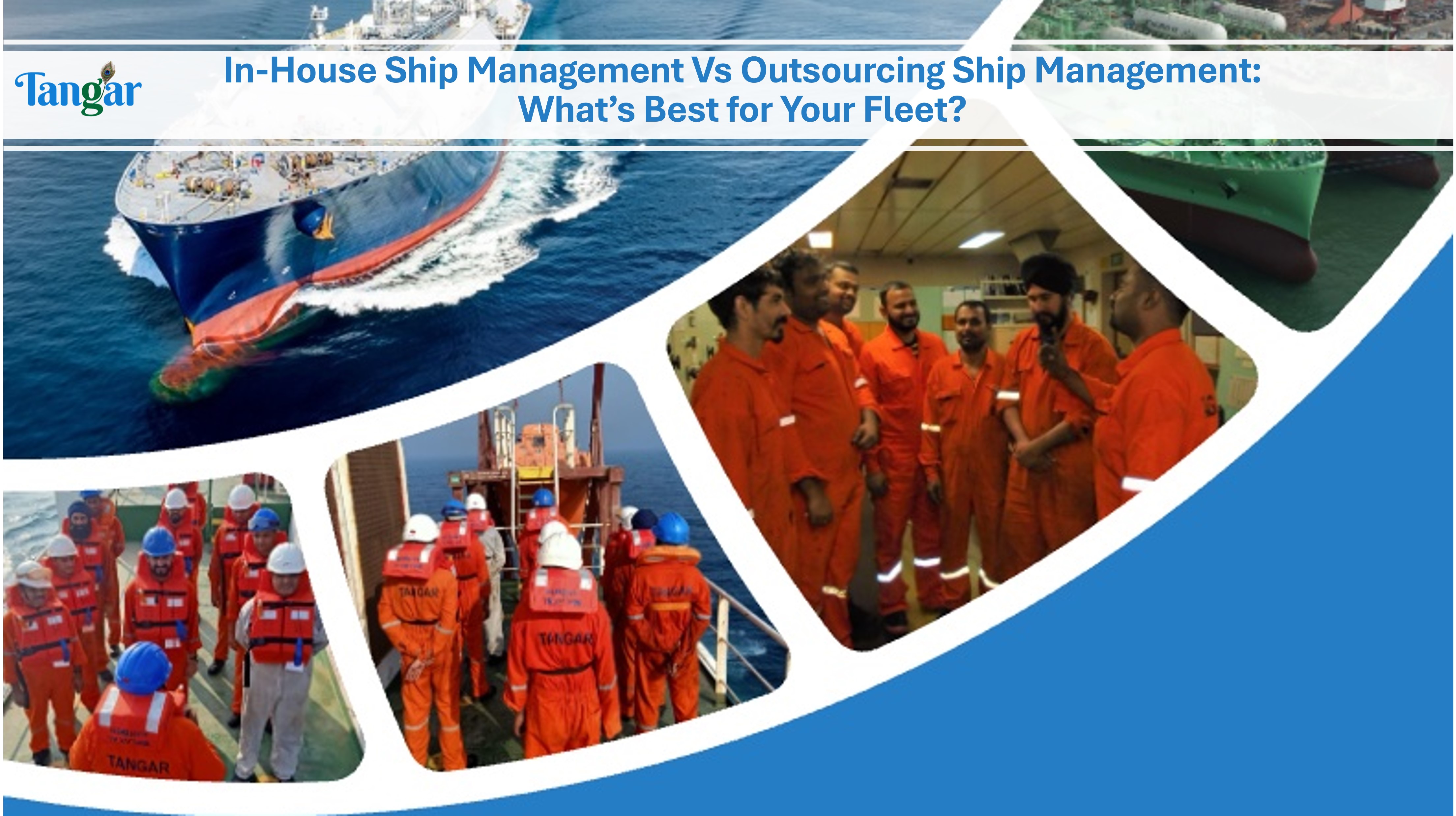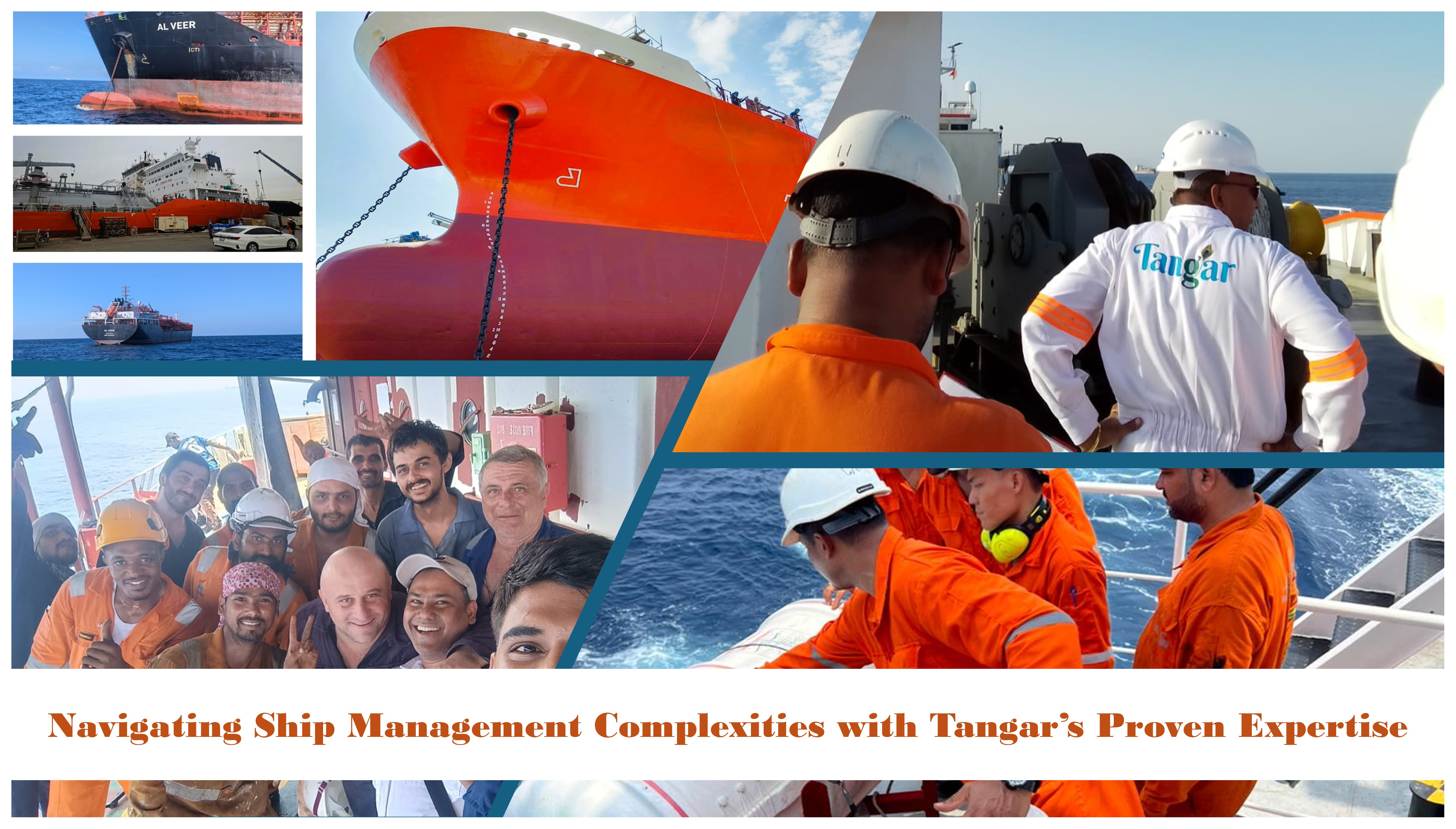
Top Challenges in Ship Management and How to Overcome Them
Navigating Complexity on the High Seas
Ship management today is a multifaceted responsibility requiring expertise, adaptability, and foresight. Managers must balance compliance, crew welfare, technical upkeep, and financial control—all while navigating volatile markets and evolving environmental expectations. Here’s a look at the top challenges in ship management and strategies to overcome them.
1. Regulatory Compliance and Environmental Standards
With international regulations constantly evolving—such as MARPOL, sulphur caps, and ballast water mandates—compliance is a moving target.
Challenges: Keeping pace with changing rules and avoiding costly non-compliance.
Solutions:
- Centralize regulatory updates from global maritime bodies.
- Use digital tools to track certificates and automate renewal alerts.
- Conduct regular training for crew and office staff.
- Collaborate with classification societies for clarity on complex mandates.
2. Crew Management and Welfare
The crew is the backbone of any vessel’s performance, yet managing diverse, multinational teams is increasingly complex.
Challenges: Crew shortages, mental health concerns, high turnover, and communication barriers.
Solutions:
- Offer competitive compensation, clear career paths, and onboard amenities.
- Use crew management software for efficient planning and certification tracking.
- Provide access to mental health support and cross-cultural training.
- Promote an inclusive, transparent onboard culture.
3. Technical Maintenance and Asset Management
Smooth operations depend on proactive maintenance and timely interventions.
Challenges: Equipment breakdowns, sourcing spare parts, and limited access to skilled technicians.
Solutions:
- Implement predictive maintenance using IoT and Condition-Based Monitoring (CBM).
- Use Computerized Maintenance Management Systems (CMMS) for tracking and analysis.
- Build strong supplier networks and stock essential spares.
- Upskill technical staff regularly.
4. Safety and Risk Management
Safety remains paramount in an industry exposed to piracy, extreme weather, and onboard hazards.
Challenges: Maintaining high safety standards and minimizing human error.
Solutions:
- Follow ISM Code-compliant Safety Management Systems (SMS).
- Conduct drills, safety audits, and risk assessments.
- Use simulation training for emergency preparedness.
- Monitor piracy and weather data in real-time to adjust routes.
5. Cost Control and Financial Management
Shipping is capital-intensive, with fluctuating costs affecting profitability.
Challenges: Volatile fuel prices, repair costs, and inconsistent freight rates.
Solutions:
- Use advanced budgeting tools for transparency and control.
- Secure long-term contracts to stabilize expenses.
- Optimize voyage planning to reduce fuel usage.
- Invest in alternative fuels and efficiency-enhancing technologies.
6. Digitalization and Cybersecurity
Digital adoption enhances efficiency but also introduces cyber risks.
Challenges: Data silos, outdated systems, and growing cyber threats.
Solutions:
- Implement strong cybersecurity policies per IMO guidelines.
- Regularly update systems and train crew in cyber hygiene.
- Use integrated digital platforms for real-time data visibility.
- Partner with cyber experts for threat detection and mitigation.
7. Environmental Sustainability
Pressure is mounting for greener operations amid stricter emission targets.
Challenges: Reducing emissions and environmental impact while staying cost-effective.
Solutions:
- Retrofit vessels with scrubbers, BWTS, and energy-saving technologies.
- Explore alternative fuels like LNG, biofuels, and trial zero-emission options.
- Monitor emissions through environmental management systems.
- Participate in green shipping initiatives and offset programs.
8. Supply Chain and Logistics Disruptions
External disruptions—from pandemics to geopolitics—impact global shipping logistics.
Challenges: Port delays, container shortages, and route blockages.
Solutions:
- Use tracking systems and data analytics for supply chain visibility.
- Create flexible voyage plans and contingency strategies.
- Diversify suppliers and maintain buffer stocks.
- Strengthen relationships with ports and agents for smoother coordination.
9. Stakeholder Communication and Alignment
Ship managers juggle expectations from owners, charterers, crew, and regulators.
Challenges: Misalignment or miscommunication leading to inefficiencies or disputes.
Solutions:
- Use digital platforms for transparent and timely communication.
- Set clear protocols for incident reporting and performance updates.
- Schedule regular stakeholder meetings to align objectives and resolve issues early.
10. Future-Proofing and Innovation
With evolving technology and shifting global dynamics, adaptability is key.
Challenges: Keeping pace with rapid changes while maintaining operational continuity.
Solutions:
- Foster a culture of continuous learning and innovation.
- Stay connected with industry networks and regulatory developments.
- Pilot new technologies and share insights across teams.
- Gather feedback from stakeholders to guide future improvements.
Conclusion
At Tangar Ship Management, we believe ship management is more than just moving vessels—it's about smart planning, the right technology, strong compliance, and caring for the crew. By staying ahead of industry challenges, we help shipowners operate safely, efficiently, and in full compliance with international standards.
With our expert team and focus on quality, Tangar delivers reliable, sustainable, and compliant ship management solutions worldwide.
